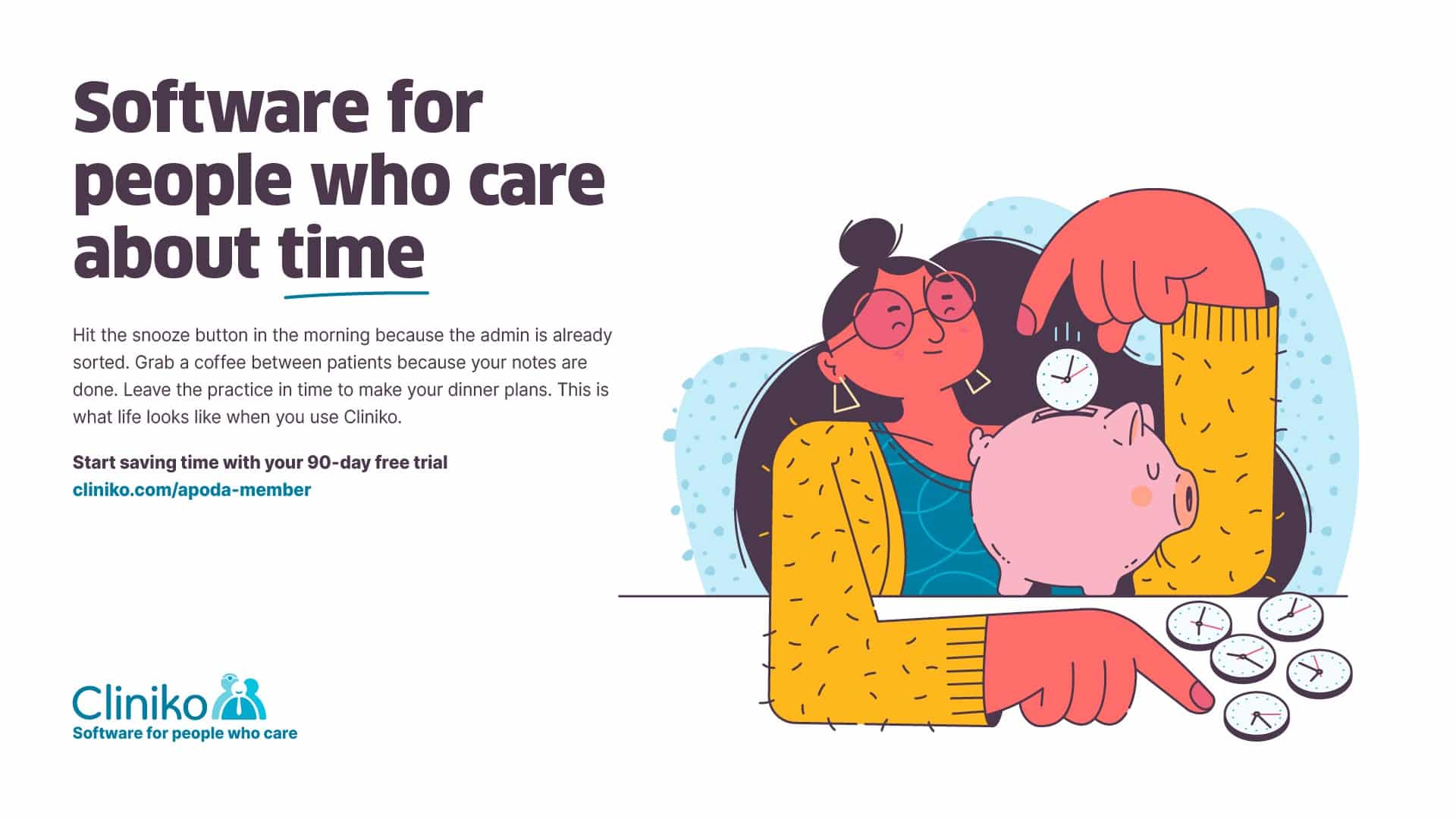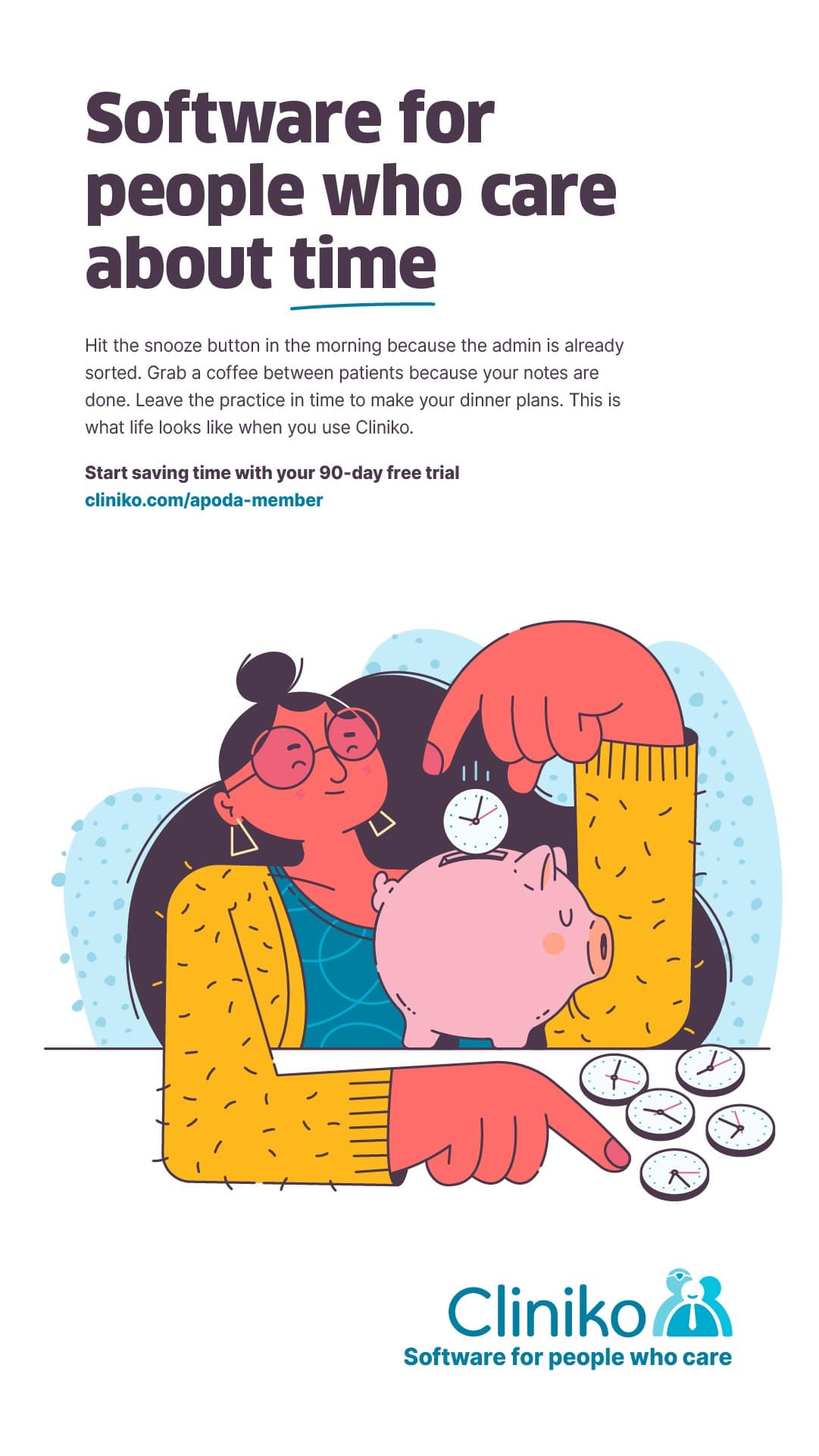
RECAP | The Australasian College of Podiatry Deans
As a precursor to this month’s feature article on the Australasian Council of Podiatry Deans (ACPD), this article provides some context on what the purpose of the ACPD is, and how you can best support the ACPD.
What is the purpose behind ACPD?
The Australasian Council of Podiatry Deans (ACPD) was established in June 2019 to promote excellence in podiatry education through collaboration between providers in Australia and New Zealand. During the past 3.5 years, the ACPD has developed as a supportive group of podiatry program leaders who work collaboratively to address issues relevant to the education of undergraduate and postgraduate podiatry students.
What objectives lie behind this purpose?
The ACPD’s objectives include:
- Facilitating the best educational environment to produce excellent graduates.
- Being a representative body to foster communication and relationships, and advocate for podiatry with state and national governments, universities, regulators, professions and societies at large.
- Raising awareness of the role of podiatry and podiatry education.
- Engaging in public debate concerning podiatry as it relates to the education of podiatrists.
- Proactively identifying and addressing matters that impact on podiatry education locally, nationally and internationally.
- Providing a network to foster improved communication and support between members, programs and other groups.
What kinds of initiatives has the ACPD been involved in so far?
- The ACPD completed a cross-institutional pilot study in 2021, to understand undergraduate students’ choices to study podiatry. Dr Michelle Kaminski presented preliminary findings at the APodA’s, Australian Podiatry Conference 2021 – ‘Why do people choose to study podiatry?’ The main study was launched early in 2022 to seek feedback from podiatry students and comparative data from other allied health students.
- The ACPD collaborated with the APodA in 2021 to develop a marketing strategy to potentially inform course promotion activity in universities. The APodA is excited to continue to work closely with the ACPD towards the development of the profession and its workforce.
- The ACPD developed consensus-based guidelines for assessment of Work Integrated Learning of Podiatry students, which was recently published in the Journal of Foot and Ankle Research. Consensus-based statements for assessing clinical competency in podiatry-related work integrated learning | Journal of Foot and Ankle Research | Full Text (biomedcentral.com). These guidelines will be used to further develop a common assessment tool to assess all podiatry students on clinical placements.
What’s next on the horizon for the ACPD?
The ACPD will continue to advocate for podiatry at a national level, through the Chairs of Allied Health Councils joint forum. In addition to the work on student recruitment, ACPD members are collaborating on a range of projects including:
- Environmental sustainability in podiatry practice.
- Culturally responsive practice in podiatry.
- Enabling a competitive funding source for education-related research projects.
- Increasing student enrolments and securing the future of podiatry programs, to build a sustainable workforce.
Where can I learn more about related workforce issues?
- Download APodA’s Workforce Summit Report
- Read previous issues of STRIDE by APodA on this topic
- Listen to APodA’s podcast on the ACPD.
AD
A proud STRIDE advertiser
How you can help overcome workforce shortages

The importance of your BRAND
You already know that your brand is your business’ identity. It’s your core values, your business vision and your integrity as a podiatry practice all rolled into one. Don’t run your own practice? Your personal brand is also worth reflecting on in these increasingly connected times. Let’s explore the steps involved in creating a cohesive and strong brand.
Branding plays a crucial role in the success and growth of any business – and the podiatry sector is absolutely relevant to this, given its need to meaningfully connect with local communities (and a range of additional stakeholders).
While not related to podiatry, we stand to learn a lot from well-known brands such as Apple, Nike, and Chanel. These businesses are dominant in their respective fields because of their brand strength and integrity, and there is no reason we can’t apply the same principles to your business or personal brand.
1. Your brand is your business’ identity
Your business name and logo will determine the strength of your branding and a hastily chosen business name can sometimes pigeonhole your business without intending to.
Choosing a logo and business name that speaks to what your purpose is as a podiatrist will always allow for a stronger brand. Why? Because there is a story here that your clients can connect to. The ability to differentiate yourself through your brand identity is also paramount. Your uniqueness is what invites in a community, and it also builds trust and connection to your business. This in turn, helps to build a brand following.
2. Client recognition and loyalty
A well-established brand also makes it easier for potential and existing patients to remember your podiatry practice.
As you know, positive experiences often lead to word-of-mouth referrals, and they will often reach a wide audience organically. Don’t make it hard for your community to make this connection. Instead, create a strong brand to help embed their memory recall, which will keep your practice top of mind.
3. Trust & credibility
What are your values? This is a key part of building a brand. Your values can guide your marketing efforts – such as the tone of your website content, how you greet your patients, your style of working, and the culture in your practice.
Choose three values that sum up what you care about as a podiatrist (and as a person!). Now anchor all of your branding efforts around these. This thoughtful approach will not only build your brand, but it will create yet more trust and credibility with your clients.
4. Consistency and clarity
The most important part of branding is brand consistency. This extends to every digital touchpoint such as social media, your website, and having a strong presence on Google. Such consistency helps to expedite trust from your patients before they even enter your practice.
Also, think about the colours you use in your practice and the colours in your logo. Reflect on the way your invoices are formatted and how you layout your logo on letterhead. Is it all visually cohesive and consistent? If so, you are helping to embed your brand more clearly in the mind’s of your clients.
5. Employee motivation
A strong brand can not only attract clients, but also it can attract potential employees. This is a deeply relevant topic given current workforce challenges. Colleagues will always feel proud to work for a reputable brand, which in turn aids professionalism and the desire to go beyond expectations where feasible.
If your employees connect to your practice’s brand (and its purpose and values), this can help to boost overall job satisfaction and performance. It’s a win-win for everyone.
6. Business expansion and partnerships
A well-known and respected brand could definitely help to facilitate expansion or growth of your practice or attract potential partnerships. Whether this may be exploring franchise opportunities, or partnering with an aligned brand within the podiatry profession or a separate healthcare sector – strong brand alignment can make your business more attractive to work with.
Is ChatGPT right for me? | Part 2

How to have a conversation about mental health
Poor mental health in Australia is perhaps more prominent now than it has ever been — especially following the last few years and the current world we live in. But, if you’re worried about the mental health of someone you know, how do you confront them about it?
According to the Department of Health and Aged Care…
Member-only full article access available at APodA’s Human Resources Portal.
Advocacy and aged care | Part 4

Flexible work in focus

Workplace flexibility is a crucial factor in driving strong organisational performance and encouraging employee retention. In today’s workplace, considering how to best approach flexibility is critical for long term employee wellbeing and operational success.
This article will discuss the provisions for Flexible Working Arrangements outlined within the National Employment Standards (NES). It will also reflect changes that took effect on 6 June 2022 after the passing of the Secure Jobs Better Pay Bill in late 2022.
Member-only full article access available at APodA’s Human Resources Portal.














